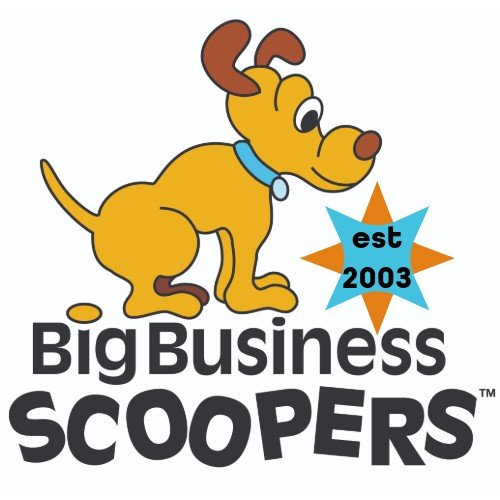Having a pet dog is awesome. There’s nothing like the love and fun you get from your furry friend. And the unconditional love and excitement they show when you come home is worth any hassle. That’s why you take good care of your dog.
But is your backyard safe? Too many times, you hear stories about dogs who escape under a fence or get sick from a toxic plant. That’s why you need to inspect your backyard (or any part of your yard that’s fenced in). Before you can make sure things are safe, though, it pays to know what kind of problems to look for.
Common Backyard Problems
By far, the biggest problem here is your fence. As Fence Authority explains, there are several ways your fence might not be good for your dog. Open-style fences can let dogs climb over it, while damage such as a missing board can give just enough space for your pet to squeeze through. The same is true for gaps under the fence. (Note that many dogs can get through gaps you might think too small for them.)
Although not common, there can be plants in your backyard toxic to your dog. Flowers like foxglove and crocus can make your dog very sick. You should also look around for any nests of bees or wasps, as dogs can easily be allergic to their stings.
You also have to be careful with how long you let your dog play in the yard. Dogs need some time to run around outside, but leaving them out for too long means you can miss your dog’s needs. Remember that dogs run in packs. Since you’re the owner, you and your family are the pet’s pack. They need to spend time with you, so don’t think spending hours and hours in the yard is a good thing.
Protecting Your Dog
You’ve looked around your backyard and noticed a few problems. What should you do about them?
Notes From A Dog Walker explains that you can make a fence more secure by adding some landscaping. If your dog is a jumper or climber, put down some shrubs and bushes along the inside of the fence. This blocks your dog from escaping this way. If you have a chain-link fence, buy some bamboo rolls or slats to cover up the chains. Not only will this help stop your dog from getting through the fence, it looks great and gives some more privacy to your yard.
When it comes to plants, you can always pull toxic flowers. But as you try to keep your yard bright and green, skip the pesticides and weed killers. Both contain poison that can sit on the surface of grass and plants for days. If your dog licks either, they could get sick. And if you grow a garden, put a barrier around it. Onions, tomatoes, and chives can hurt your pet.
When To Hire A Contractor
At some point, you may have to give up trying to patch that old fence and get a new one installed. That’s especially true if you have an aggressive dog that likes to dig or charge. As strangers and animals move around just beyond the fence, your dog can turn a small gap into an escape route.
To take down and install a new chain-link fence in Newark, NJ, HomeAdvisor estimates the costs to be between $1,115 - $2,892 and will take around two days. A contractor can also repair or reinforce your fence as needed.
Protect Your Dog
Letting your dog use the backyard is more than just convenient. It’s a great way to give your dog some exercise and fun. But you still need to keep your backyard safe. Make sure your fence is secure and replace it if not. Then remove any toxic plants and skip the chemicals for your lawn. This will help your pet dog stay healthy and happy.
Cindy Aldridge is passionate about dogs and pets and loves sharing her thoughts and insights on being a responsible dog owner.
It helps to have support in the effort to keep your yard safe! The Pooper Scooper that regularly visits your yard from Big Business Scoopers will also keep an eye out for any potential problems in your yard that could pose a threat to the health and safety of your dog. Every Scooper is trained to report anything potentially hazardous back to our office so that we can contact you immediately.









